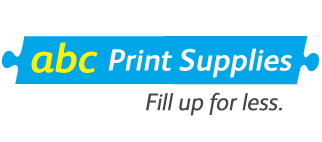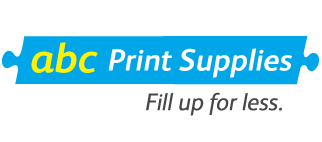Words such as 'toner', "laser', 'remanufactured', 'compatible', 'yield' etc, can be confusing for many computer printer users.
So following we unravel some of the mystery of the printer cartridge world.
You recently buy a printer, and need to replace your cartridge, after what seems a short period of usage. This is because the printer manufacturer usually only provides that cartridge which was supplied with the printer at 40% capacity. As it comes with the printer, who's complaining.
So its time to buy your first printer cartridge, and this can be a confusing ordeal, as you get all these variants thrown up at you. For instance you have brought an HP LaserJet Pro P1102 printer, what cartridge should you get?
You enter the above printer model along with the word 'cartridge' on an internet search page and all these confusing options become available to you: HP #85, CE285A, genuine, compatible, remanufactured, toner cartridge, laser cartridge, etc. What to do?
In the above example, #85 is simply an abbreviation that HP uses, starting at #1, and rising to #971. For any individual #, there can be a number of different printers that use that cartidge.
The OEM, or Original Equipment Manufacturer code for this cartridge is 'CE285A', which is the definitive model number for the cartridge. In some cases, where the brand supplier sells a high yield cartridge as well as the standard, then the coding could be say Q5649A (#49A) for the former, and Q4649X (#49X) for the latter.
In each example above (CE285A & Q5649A/X), the printer cartridges are referred to as 'Mono Laser' cartridges. This is the same as saying black toner cartridges. Mono means 'one' or 'single', as in no colour. And laser is the electronic filtering that enables the toner powder to form into pixels, be it text or image.
No Image Available














